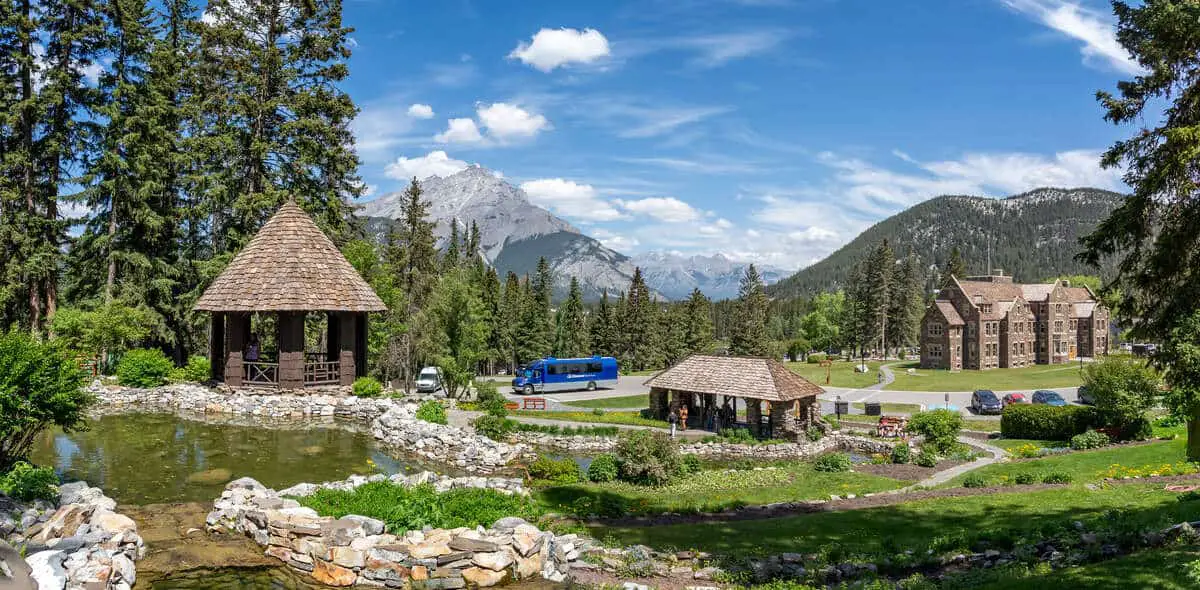You’ve probably come (or will come) to Banff National Park for its natural beauty. But there are also several interesting historical stops regarding the native and cultural influences on the area. I’ve listed them in this post so you’ll know where to find the most interesting feats of human influence on this piece of the globe.
Canada may not be known for its centuries-old cities and culture like Europe, but a lot has happened since the pioneer days of the 19th century that helped to shape the country. And Banff National Park, for that matter.
Let’s take a look at some of the interesting buildings and other constructs people have made in the park over the past 150 years or so.
Historic Sites and Monuments
Bankhead Ghost Town
Bankhead Ghost Town was a coal-mining town, thriving from 1903 to 1922, powering the growth of the Canadian Pacific Railway with its coal. Now it’s abandoned and eerie, but it’ll offer a glimpse into the industrial era that shaped its history.
There isn’t much left of Bankhead, but you can visit the old mine site, the former townsite, the ruins of the old school, the community hall, the Tipple Building and the Briquette Building, one of Bankhead’s more structurally intact remains.
The interpretive signs and exhibits give you a peek into the miners’ daily lives. You’ll also see how their work affected the environment.
ALSO READ: The History of Banff’s Ghost Towns
Old Banff Cemetery
The Old Banff Cemetery, established in the late 1800s, is located in the town of Banff. It is the final resting place for early settlers, Indigenous people, and mountaineers.
The cemetery features tombstones dating back over a century, including the one of Ebenezer William “Wild Bill” Peyto, one of the early park wardens known for his unique style and approach to park management. You’ll also find the graves of pioneering trail guides Tom Wilson (who discovered Lake Louise) and Jicm Brewster (the founder of Brewster Transportation).
Today, there are no plots or graves for purchase. The town’s cemetery is now close to the Trans-Canada Highway and Banff Avenue when you enter Banff from the direction of Canmore.
ALSO READ: Influential People of Banff
Bow River Bridge
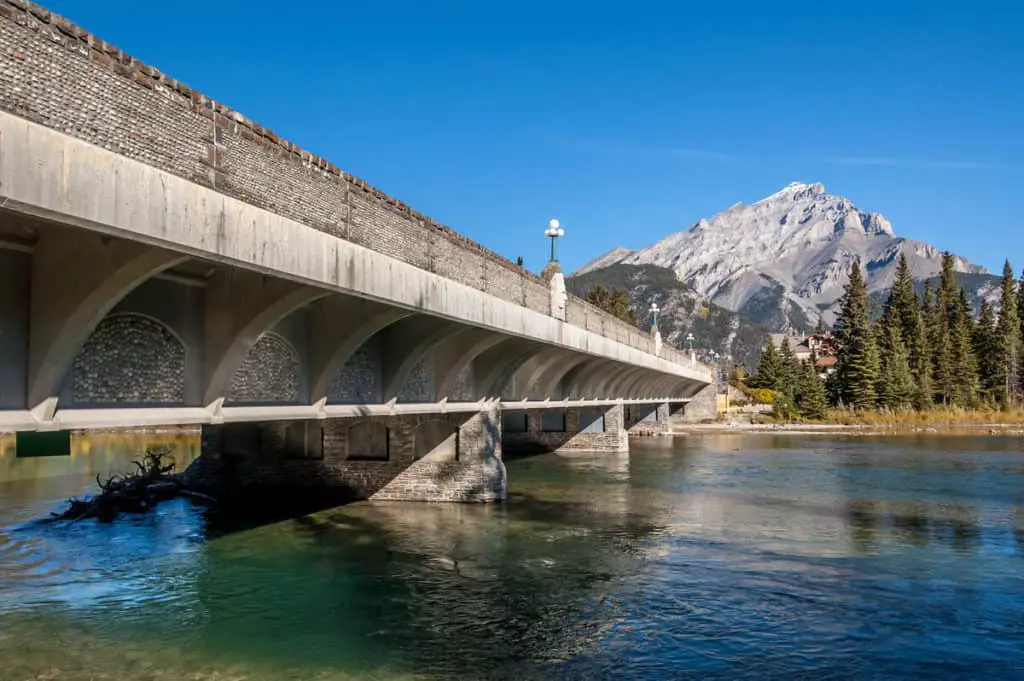
The Bow River Bridge is a significant structure in Banff National Park, built in 1920 and 1921. It spans the Bow River.
As you walk or bike across the Bow River Bridge, you’ll enjoy stunning views of the surrounding mountains and the clear waters of the Bow River beneath. It will also provide the famous picture of Banff Avenue with Cascade Mountain towering high above.
The bridge is a gateway to numerous outdoor activities like hiking, biking, and viewing wildlife. It also provides access to the Rimrock Resort Hotel, the Banff Gondola, The Banff Hot Springs, the Cave and Basin National Historic Site, the Banff Springs Hotel and the Banff golf course.
Cosmic Ray Station
The Cosmic Ray Station on Sulphur Mountain near the Banff townsite was a scientific research facility. The National Research Council constructed it in 1956 and 1957 in anticipation of the International Geophysical Year (1957–1958). In 1981 the station closed, and the following year it became a national historic site of Canada.
Its primary purpose was to study cosmic rays, high-energy particles originating from space. Away from human activity, the station’s remote location at an elevation of 2,383 meters (7,818 feet) offered the best circumstances for studying cosmic rays.
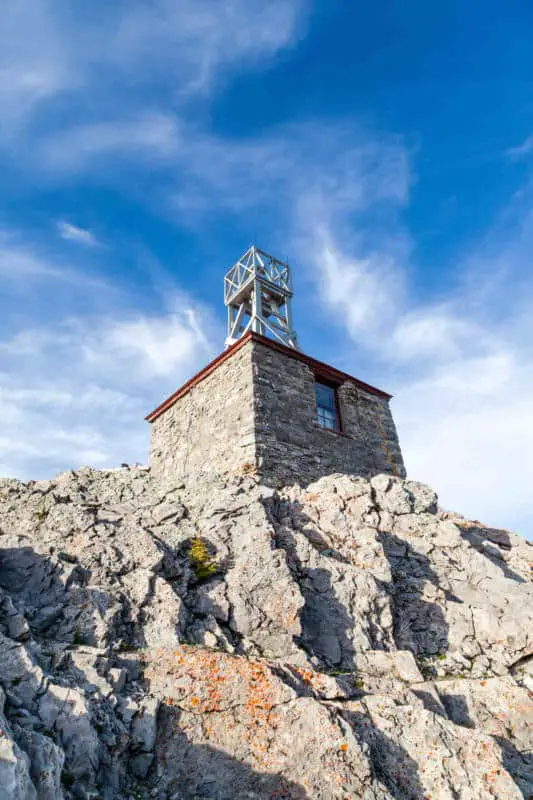
Researchers at the Cosmic Ray Station utilized specialized equipment to detect and analyze cosmic rays, contributing to our understanding of space and its impact on Earth’s atmosphere. The data collected at the station helped scientists study solar activity, space weather, and cosmic events.
You can reach the Cosmic Ray Station by hiking the Sulphur Mountain Trail. It takes you to the top of Sulphur Mountain, where the wooden Sanson Boardwalk leads you to the station.
You can also take the Banff Gondola to the top and then walk the boardwalk to the station.
ALSO READ: Activities on Sulphur Mountain Summit
Banff Administration Building
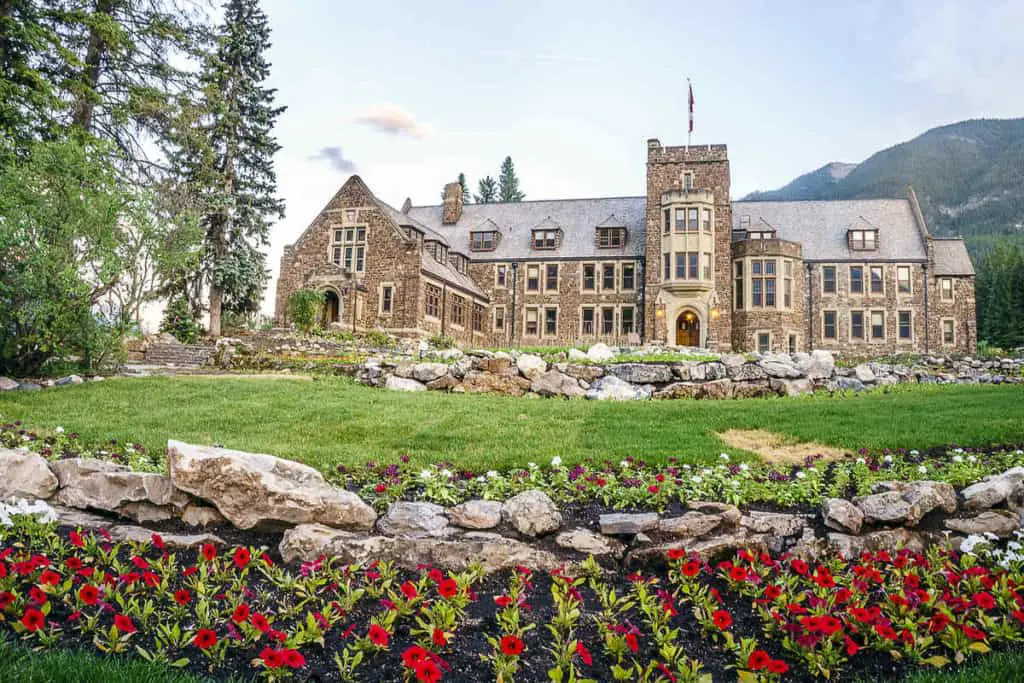
The Administration Building in Banff is a historic building serving as Banff National Park’s administrative hub. Constructed in 1935 and 1936, it managed and preserved the park’s natural and cultural resources.
It’s a Tudor-Revival style building with cedar-shingled pitched roofs constructed of limestone rubble in broken courses. It was designed by Harold C. Beckett, an Ontario architect and landscape architect. Nowadays, it’s a recognized Federal Heritage Building.
The Banff Administration is connected to creating the country’s first national park and early tourism. It is also linked to the new ideas of protecting and improving designated wilderness places.
From 1937 to the 1950s, government services like the post office, customs house, and park staff were based in the building. In the 1950s, federal facilities that had nothing to do with running the park were closed down, so park staff could move in.
It is now used by the park’s senior staff. The park’s manager still works in the central office on the second floor, which was part of the original plan.
It’s located at the southern end of the Bow River Bridge on 101 Mountain Avenue. Unfortunately, the Banff Administration Building is not open to the general public.
Cascades of Time Garden
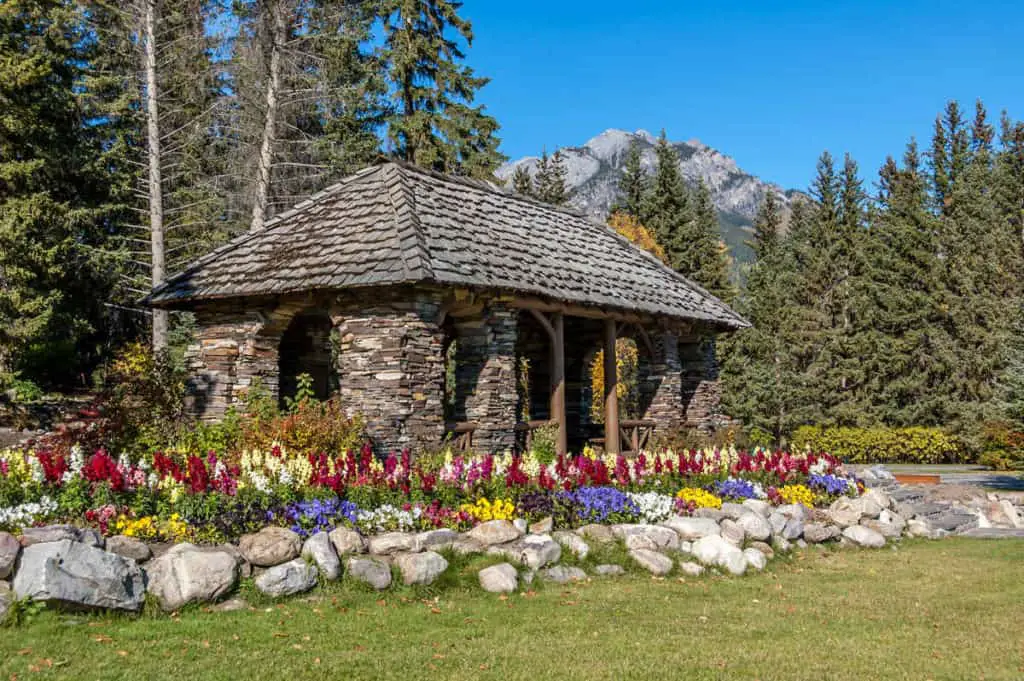
The Cascades of Time Garden in Banff is a historic site adjacent to the Administration Building on 101 Mountain Avenue. It was landscaped in 1934 and 1935. The garden has a wide range of local plants and flowers that have been carefully chosen to reflect the changing seasons in the Rockies.
It covers almost five hectares and takes you by ponds, waterways, pavilions, bridges, and more than 50,000 flowers. Its design incorporates elements of both traditional English and Japanese gardens.
Part of the garden is the Cambrian Pavilion (see the picture above). This rectangle building is built in an open-walled Rustic-style made of rock. It’s short and has a hipped roof and broad wings that hang over the sides. It’s a Recognized Federal Heritage Building and an integral part of the garden.
Cave and Basin National Historic Site
The Cave and Basin Historic Site in Banff holds significant historical importance as the birthplace of Banff National Park. Discovered in 1883, the natural hot springs at this site played a pivotal role in establishing Canada’s first national park in 1885.
The Cave and Basin site features a historic bathhouse constructed from 1912 to 1914. It is a representation of how the old bathhouse looked in 1904. It is now a museum where you can learn about the site’s past and how it helped make the national park system what it is today.
From the entrance building, you can access a complex of wooden boardwalks that will lead you past all kinds of unique and fragile nature that could arise from the warm mineral water, allowing unique and fragile thermal ecosystems.
The Banff snail, for example, is a rare snail species that can only be found in this area. Because of this, the Cave and Basin Historic Site is vital for keeping these fragile nature areas safe.
At the Cave and Basin, you’ll find interactive exhibits, visit a cave, take guided tours, and learn a thing or two about Banff National Park’s cultural and natural heritage.
Fairmont Banff Springs Hotel
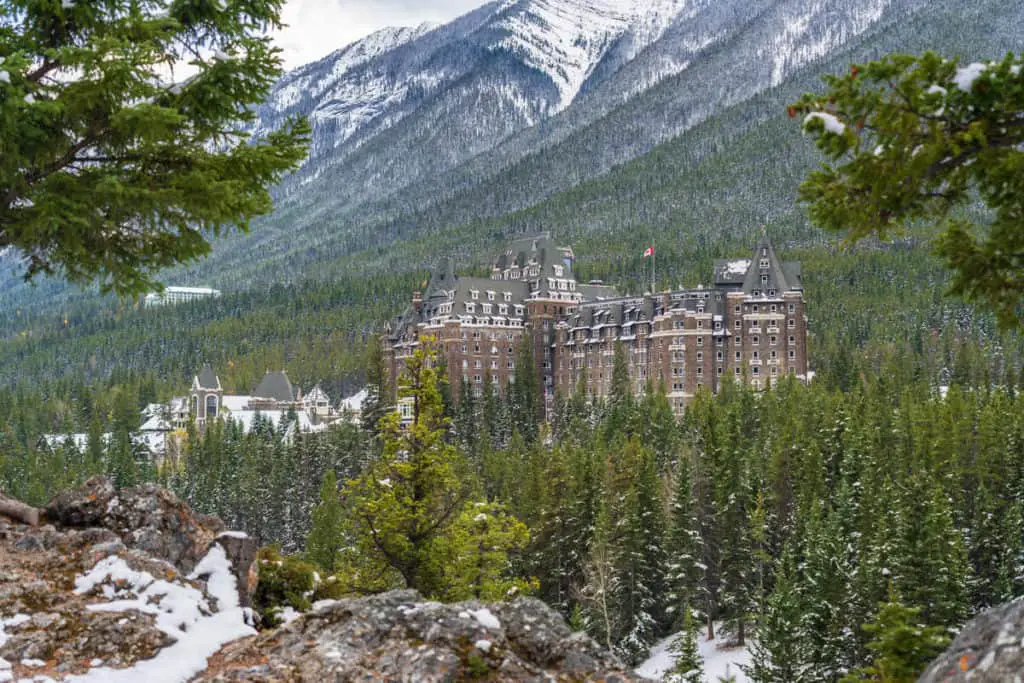
The Banff Springs Hotel in Banff National Park is a historic and genuinely iconic luxury resort. The hotel was built between 1887 and 1888. Its design is based on a Scottish Baronial style, which gives it a unique and grand look.
Over the years, the Banff Springs Hotel has had many influential people stay there, including royalty, famous people, and politicians. The hotel has a lot to offer, like elegant rooms, fine-dining restaurants, a spa, a golf course and tennis courts.
ALSO READ: Celebrities in Banff
The Banff Springs Hotel is known for its breathtaking Rocky Mountains and Bow River views. Its scenic location makes it a popular choice for visitors who want to experience the beauty of Banff National Park while enjoying luxurious accommodations and top-notch service.
ALSO READ: The History of the Banff Springs Hotel
Fairmont Château Lake Louise
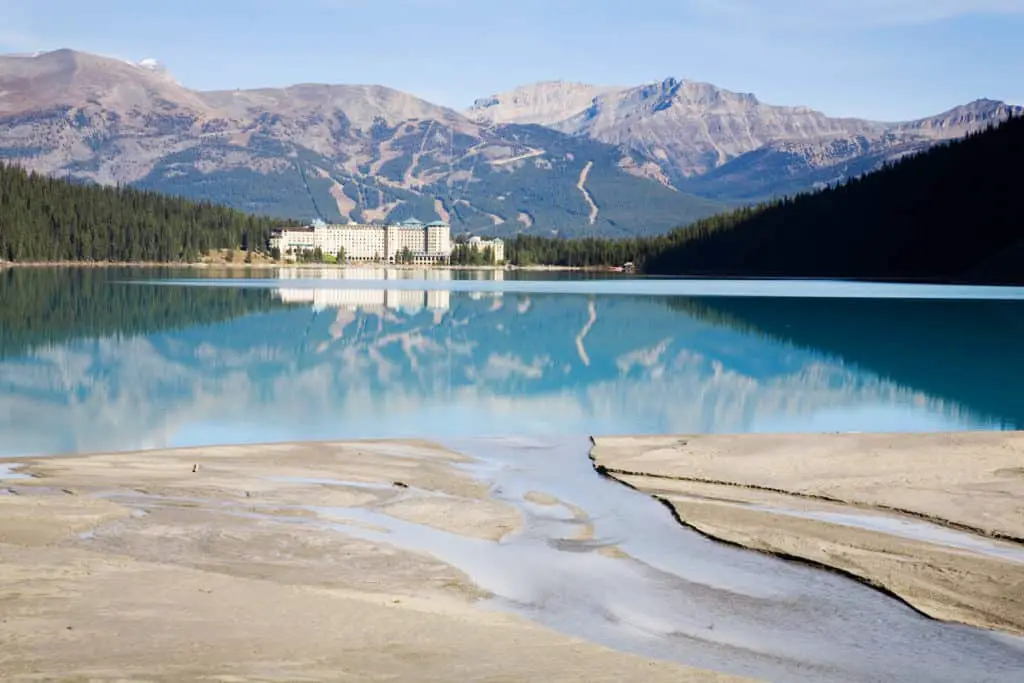
The Château Lake Louise is a luxury hotel situated on the shores of Lake Louise. Its first rendition was constructed in 1890. The current hotel’s architecture reflects a grand and elegant style, offering breathtaking views of the surrounding Rocky Mountains and the iconic turquoise lake.
The Château Lake Louise offers a range of accommodations, from luxurious guest rooms to opulent suites. There are a lot of places to eat at the hotel, from fine dining restaurants to simple eateries that serve food for every taste.
Château Lake Louise offers a wide range of activities as a year-round destination. During the warmer months, you can enjoy hiking, canoeing and horseback riding in the area. The area offers winter skiing, ice skating and snowshoeing opportunities.
ALSO READ: The History of Château Lake Louise
Internment Memorial
The Internment Memorial commemorates the prisoners of World War I. It provides a good insight into the sad past of this place on the Bow Valley Parkway.
It housed 660 enemy aliens from Ukraine, Hungary, Germany, and Austria, making it the largest internment site in the Rockies. In often harsh conditions, the prisoners helped build up the facilities in Banff National Park.
Historical Cultural Attractions
There are many historical and cultural places to see in Banff National Park. This part highlights the Whyte Museum of the Canadian Rockies, the Buffalo Nations Luxton Museum, and the Banff Park Museum National Historic Site.
Whyte Museum of the Canadian Rockies
The Whyte Museum of the Canadian Rockies is a cultural museum in Banff to preserve and show off the art, history, and culture of the Canadian Rockies.
The museum opened in 1968 and has an extensive collection of artworks, artifacts, and historical documents showing the Rocky Mountains’ rich history. The exhibits cover a wide range of topics, such as Native American history, early travel, mountain life, and the development of Banff National Park came to be.
The home of artists Peter and Catharine Whyte, preserved as a heritage site, is also in the museum. With this one-of-a-kind addition, you can see where famous artists lived and learn more about how they contributed to the region’s artistic history.
In addition to its permanent exhibits, the Whyte Museum hosts rotating exhibitions and cultural events to learn more about the different stories and points of view of the Canadian Rockies.
Buffalo Nations Luxton Museum
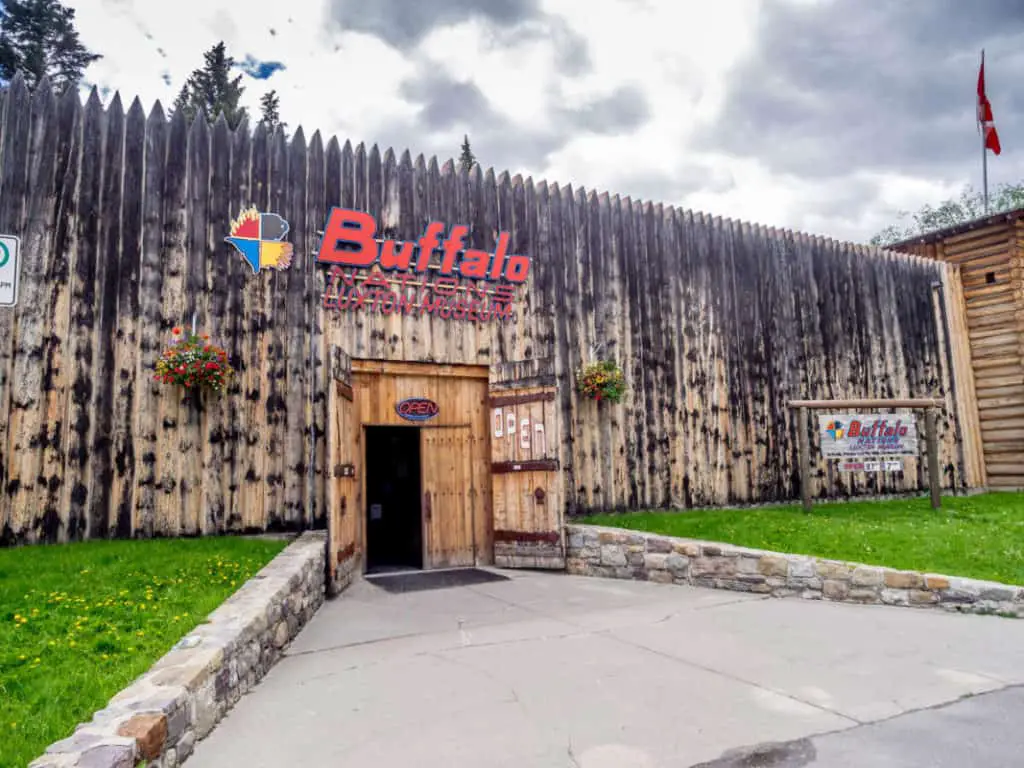
The Buffalo Nations Luxton Museum in Banff is a cultural place dedicated to preserving and showcasing the First Nations people’s history, art, and traditions of the Canadian Rockies.
The museum opened in 1953 and has a large collection of artifacts, paintings, and historical items that show the area’s rich cultural history of the First Nations. The shows cover a wide range of topics, such as traditional practices, storytelling, and the importance of buffalo to Indigenous people.
The Buffalo Nations Luxton Museum helps people understand and appreciate Indigenous cultures, the original people who lived on the land, and what they did to make it what it is today.
At this museum, you can learn about the different views and experiences of the Indigenous people in the Canadian Rockies.
Banff Park Museum National Historic Site
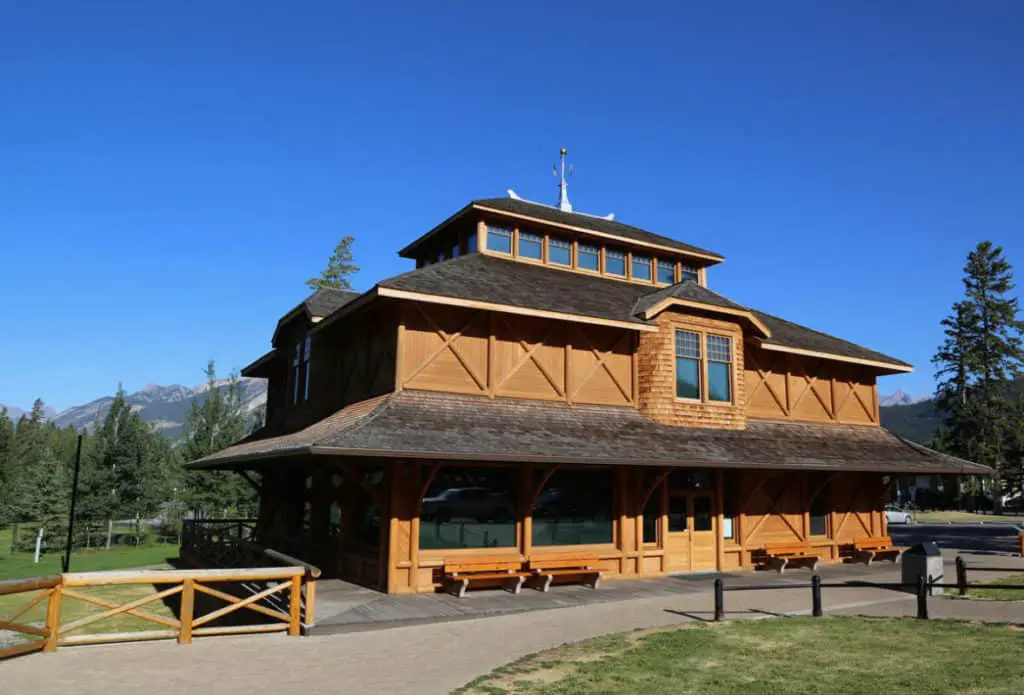
The Banff Park Museum National Historic Site is a museum in Banff that shows the natural past of the Canadian Rockies. Here, you can learn about the area’s wildlife, geology, and efforts to protect it.
The museum opened in 1895 to display taxidermied specimens of animals, plants, and minerals from the park. Today, the museum has an extensive collection of over 5,000 (!) specimens, including taxidermied animals, fossils, minerals, and plant specimens.
The Banff Park Museum is Canada’s oldest national park museum. It was built in a rustic architectural style.
As a National Historic Site, the museum plays an important role in preserving and interpreting the natural history of Banff National Park. It also helps people understand the ecological importance of the area.
How much Time Do I Need to See Banff’s Important Sites?
The time you allocate to visit Banff’s historical stops will depend on your interests and travel plans. Count on spending more than a day exploring the park’s historical sites. You’re likely to spend several hours at each museum, for instance.
The good thing is that most stops on this list are located in the town of Banff (see the map below), so there’s not too much traveling involved.
Where to Find These Historical Places?
To make it easy for you, I have included a map below that shows all the places described above.

